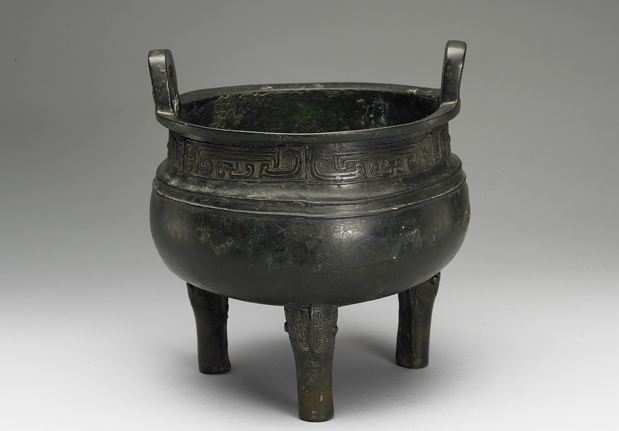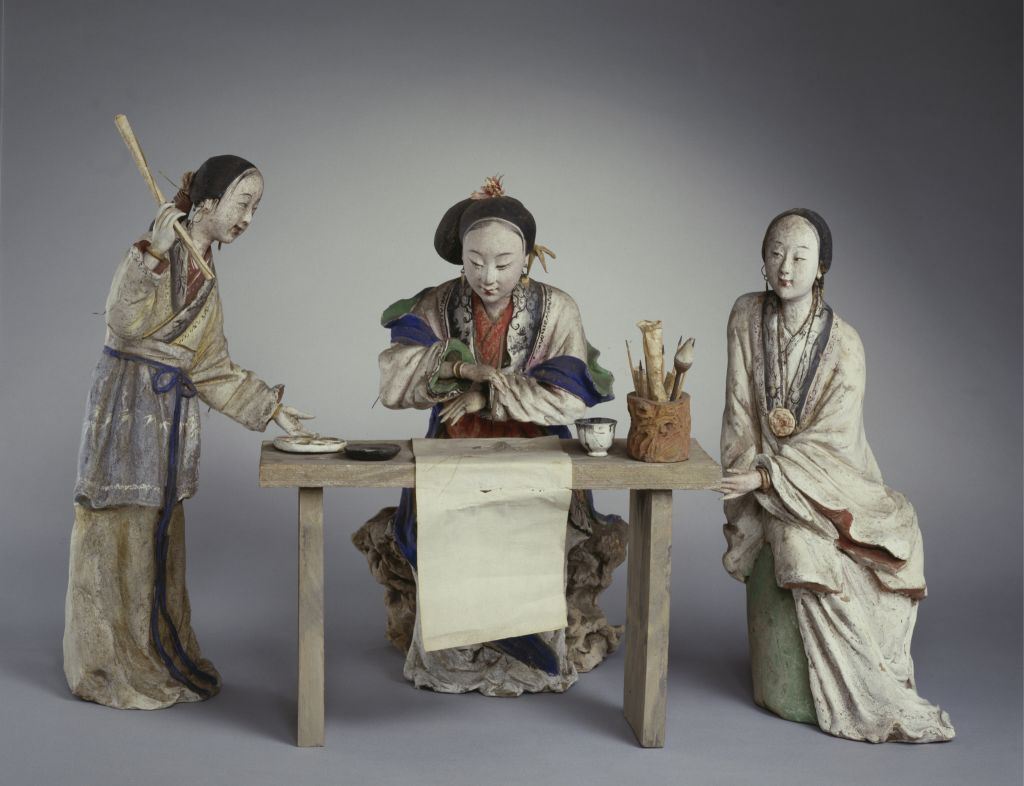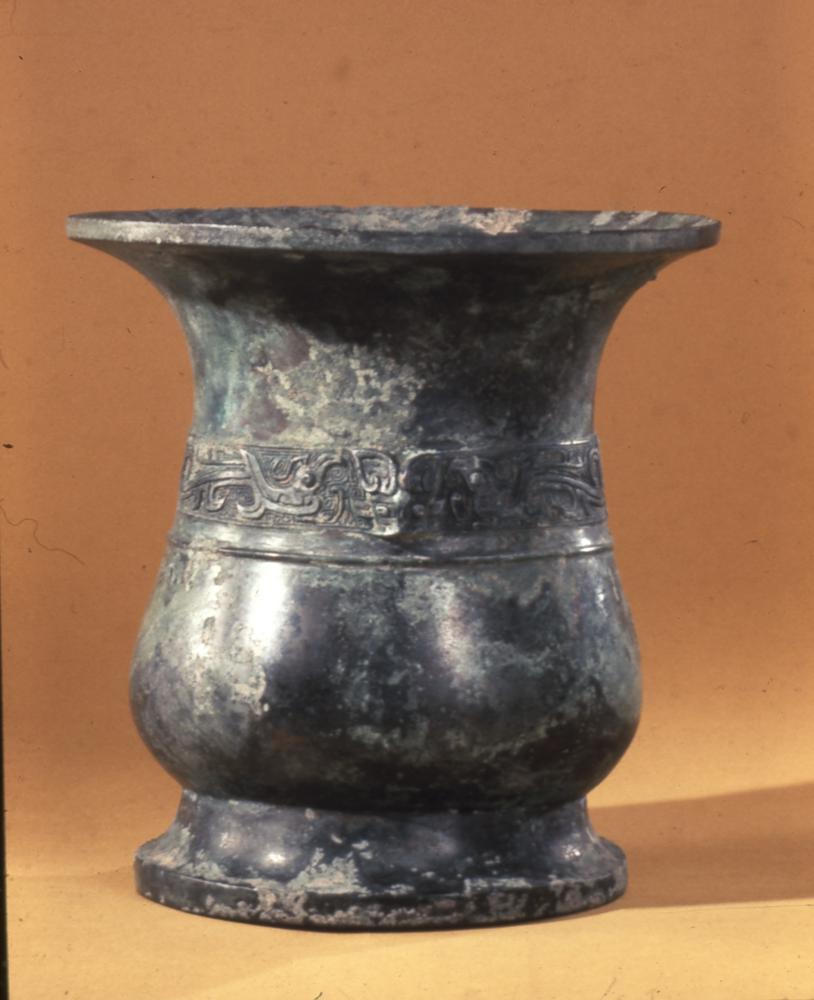[Huang Tingjian’s Cursive Script of the Upper Seats]
“The Upper Seats”, Song Dynasty, Huang Tingjian’s script, paper edition, hand scroll, cursive script, 92 lines, 33 cm vertically and 729.5 cm horizontally
The “Zhu Shang Tie” is the “Quotations” written by Wen Yi, a monk in Jinling of five generations, recorded by Huang Tingjian of Song Dynasty for his friend Li Rendao. The full text is Buddhist Zen
The interpretation of the “Sutra of the Supreme Seats”:
“The Supreme Seats only need to use their lips and mouths for the sake of recovery. They are afraid of being persistent, and what they are persistent about. They are persistent about the reason, the matter, the color, and the emptiness. If the reason, the reason and the emptiness are persistent, and if the matter, the matter and the matter are persistent, the color, and the emptiness are also the same. Therefore, the mountain monks seek to taste the Supreme Seats Tao, the ten Buddhas, the ten good knowledge, and the ten good knowledge, and all the Supreme Seats taste to take over (The following points are 16 words). The committee of all the good knowledge of the ten Buddhas has has learned that where the upper seats take over, and where the meeting will be good. Don’t get it. Don’t get it. Don’t get it. Don’t get it. Don’t get it. Don’t get it. Don’t get it. Don’t get it. Don’t get it. Don’t get it. Don’t let the upper seats walk around the house. Don’t waste the time. The mountain monks see so much in the public. The ancient saints only see the inner world. The founder’s way is not to move the flags, But how can it be so good? There is no one else to be close to. The monk asked how to live and die without heart, and to say to Yi, that is to live and die without heart. Monk Yun, contending that the scholar should not see, and to say to Yi, if you do not see, it is not to live and die without heart, and asked again, the disciple has words, and the Buddha has a voice to say. All sentient beings have their own understanding according to the class. How do you understand it, and how do you understand it. Don’t be in the middle of the meeting. Don’t be in the middle of the meeting. Don’t be in the middle of the meeting. Don’t be in the middle of the meeting. Don’t reflect on it. Decide not to be wrong. In addition to the two meetings, don’t discuss how. If you can get this speech, you will get the saints to hold the door. And if you can get a speech, you won’t have to solve it according to the class. So don’t be wrong. If you can’t say a speech, you can solve it according to the class, you will have a whereabouts, Only when you come up and go down every day, you don’t need to get personnel, and only when you look at the Tao, the ancients said that all sounds are the sound of Buddha, and all colors are the color of Buddha. Why don’t you take them
This is the birth and death of a big husband. You should not make a hasty decision. The blind little devil often sees and eats like a blind donkey eating grass, so I left this article to my friend Li Rendao. The window is clear. He sees the ancients in person every day. It is the time to meet, the old man’s book in the valley. ” (Records of Ancient Books and Paintings)
The signature: “The Old Man’s Book of the Valley.” The word “Book” is stamped with the seal of “Taoist priest of the Valley” Zhu Wenfang. On the back of the paper, there are two parts, one is Wu Kuan in the Ming Dynasty, and the other is Liang Qingbiao in the Qing Dynasty
On the front and back of the volume and across the water are the seals of the Song Dynasty’s “Neifu Shuyin”, “Shaoxing”, “Yuesheng”, the Yuan Dynasty’s “Weisu Private Seal”, the Ming Dynasty’s Li Yingzhen, Hua Xia, Zhou Lianggong, the Qing Dynasty’s Sun Chengze, Wang Hongxu, and the modern Zhang Boju. This post was originally collected in the internal office of Gaozong in the Southern Song Dynasty, and then returned to Jia Sidao. It was handed over to Li Yingzhen, Hua Xia and Zhou Lianggong in the Ming Dynasty. It was collected in the Yanshan Zhai of Sun Chengze in the early Qing Dynasty, and then returned to Wang Hongxu. It was collected in the internal office during the Qianlong period, and it flowed out of the palace at the beginning of the Republic of China. It was collected by Mr. Zhang Boju, and then donated to the country. It is now collected in the Northern Beijing Palace Museum
This book is imitated by Huai Su’s crazy cursive style. Its strokes are vertical and horizontal, vigorous and majestic, and its handwriting is strange, like a horse running out of control, without restraint. It can especially show the superb calligraphy skill of the author who hangs his wrist to take a sharp shot and use the pen. Huang Tingjian’s “On the Valley” said: “I have studied cursive script for more than 30 years, and I took Zhou Yue as my teacher at the beginning, so I have been full of vulgarity for 20 years. I got Su Caiweng and Zi Mei’s calligraphy later, which is the ancient style. Then I got Zhang Changshi, Monk Huaisu, and Gao Leisu’s handwriting, which is the secret of the writing technique.” After the “Quotations”, Huang made another self-reading of large regular script, which is tight inside and loose outside, and the writing is long and powerful, twists and turns, and momentum opens, A volume of calligraphy, which has two volumes and sets off each other, is particularly rare. It is his masterpiece in his later years
Mingdu Mu’s “Allegorical Compilation”, Huaxia’s “True Appreciation of Zhai Fu Notes”, Wenjia’s “Qian Shan Tang Calligraphy and Painting Notes”, Zhang Chou’s “Qinghe Calligraphy and Painting Boat”, “Qinghe Seeing and Hearing Table”, Bian Yongyu’s “Collection of Calligraphy and Painting in Shigu Tang”, Sun Chengze’s “Gengzi’s Summer Relieving Records”, the “Shiqu Treasure Collection · First Edition” and other books.
![图片[1]-Huang Tingjian’s cursive script on the upper seats-China Archive](https://chinaarchive.net/Song dynasty/model calligraphy/s58e4892ed247e.jpg)





